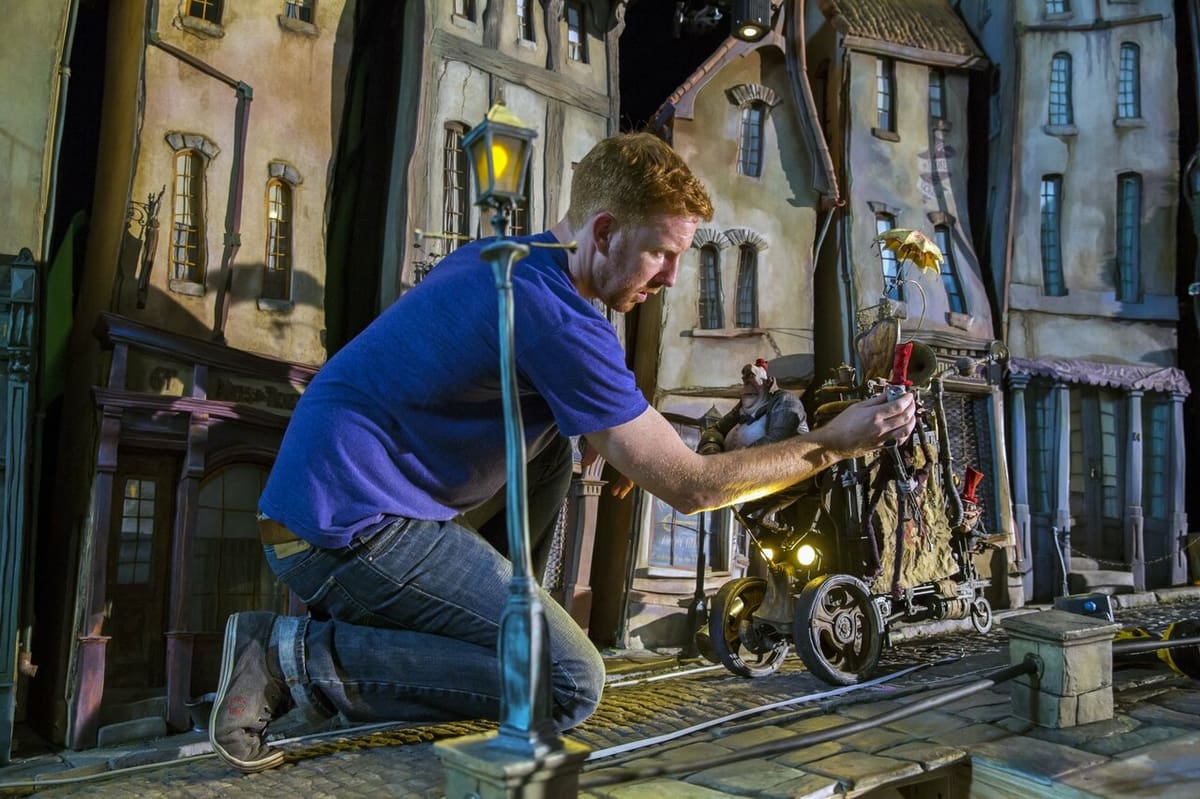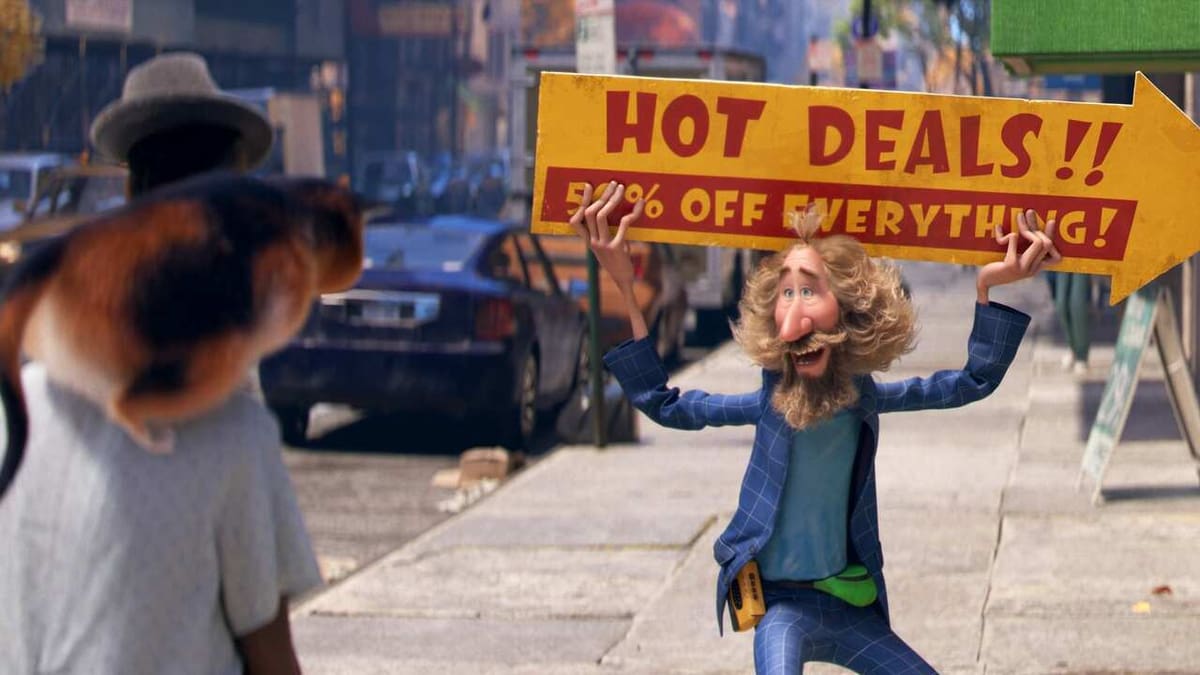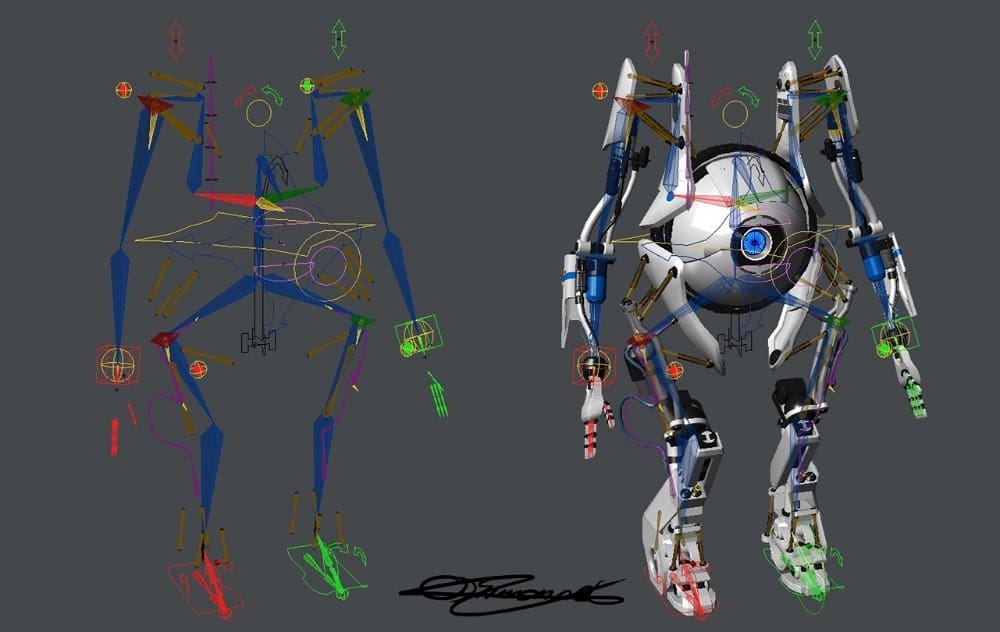Animation is a way to make static (or inanimate) objects appear to move. Walt Disney built an empire on 2D animation, bringing engaging stories to life by filming successive, drawn images. 3D animation includes a much wider range of methods, with the key difference that the objects and settings to be animated are created in a three-dimensional environment instead of drawings. This can be in the form of physical models or a computer-generated space like we see in computer games.
The story of 3D animation began in the early 1900s with “stop-go” animation of hand-molded clay figures. These days, digital and virtual techniques dominate and are capable of near lifelike representations.
The power of modern computers has transformed the world of filmmaking, given birth to the vast computer gaming industry, revolutionized engineering design, challenged the creativity of artists and designers, and much more. Despite this, physical animation techniques have enjoyed a modern resurgence and continue to play important role in entertainment and education.
In this article, we explore the wide world of 3D animation, including physical and digital approaches. We’ll also look at production tools that make it possible for anyone to experiment and create their own moving masterpieces.
Physical
Physical 3D animation includes a wide range of techniques used to make actual physical objects appear to move with a life of their own.
The beginnings of physical 3D animation lie in the 19th century, with experiments illuminating sequences of objects or images in such a way that they appeared to move. It was the high tech of the day, and Frenchman Émile Reynaud became the world’s first animation entrepreneur, entertaining audiences in theaters across Europe with technology he evolved from early zoetropes.
He was the inspiration for a wave of creative filmmaking that developed the idea behind stop-motion animation, in which both animate and inanimate objects move in unworldly ways. Notable highlights include Blackton’s Haunted House in 1907 and the (for the time) revolutionary Lost Worlds in 1925, which brought battling clay dinosaurs to the silver screen.
In much the same way as vinyl records are enjoying renewed popularity in a world of streamed digital music, physical 3D animation in its many forms continues to thrive and evolve. It’s imbued with an engaging quirkiness that immediately stands out from computer-generated imagery (CGI) and continues to connect with audiences the world over.
Techniques, Tools, & Resources
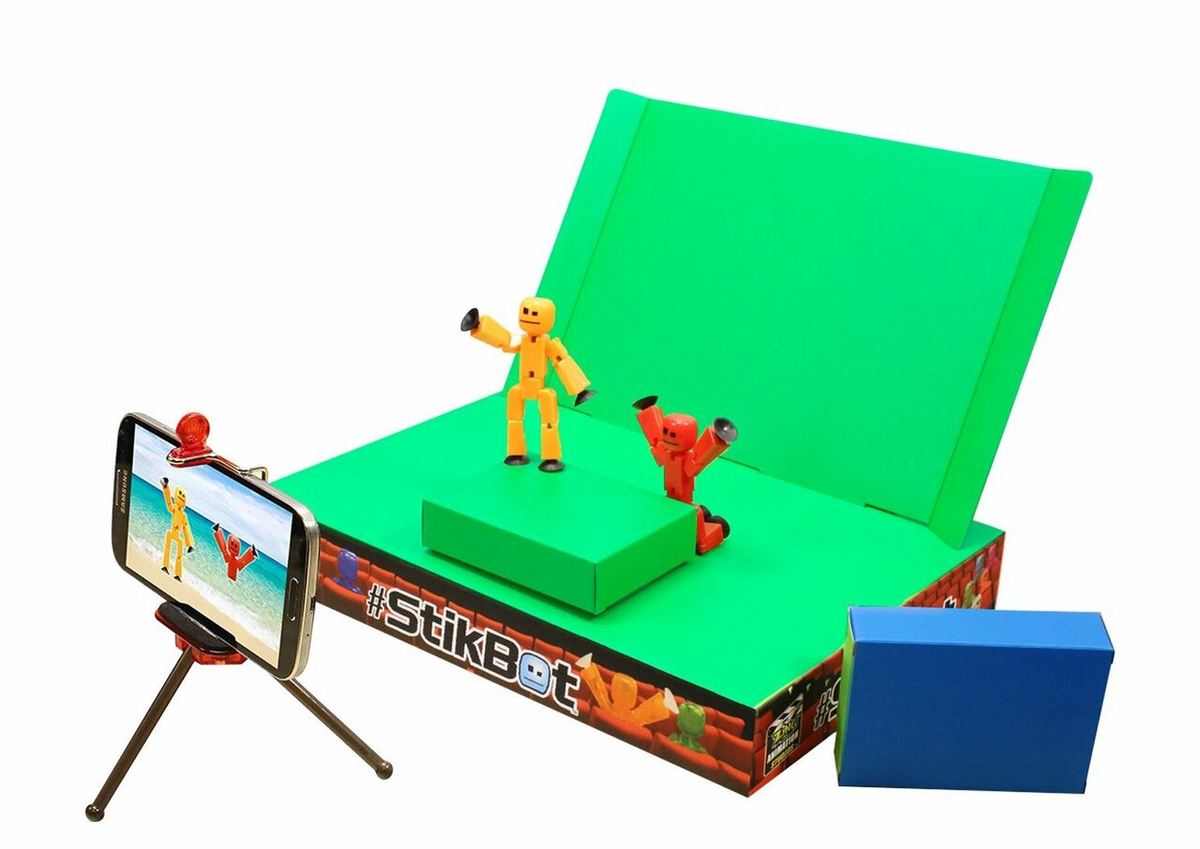
The techniques used for physical animation are diverse and varied. Almost any object can be animated using a free app on a mobile phone. Larger-scale productions, however, are planned with dedicated software, computer-controlled lighting, automated camera rigs, green-screen post-processing, and more.
Whether the finished product is a modern zoetrope or a stop-motion animation film, there are two fundamental steps to bring physical animation ideas to life.
Modeling
One of the great attractions of this method is that characters, objects, and sets can be created using almost any material. An alternative, modern approach is to model whatever is to be animated in a tool like Blender and have it 3D printed, as done by top studios such as Laika. With physical models created, the next step is to move or light them sequentially to create an animation.
Animating
The exact approach for animation depends on the technique being used. As we’ll see below, this might involve computer- or app-based strobe lighting, clever changes in the physical environment, or more commonly, capturing a sequence of images to make a film. Though the latter can be done manually using hundreds of still images and Photoshop, it’s more commonly achieved using dedicated software.
In the next few sections, we’ll look at various types of physical 3D animation.
Stop Motion
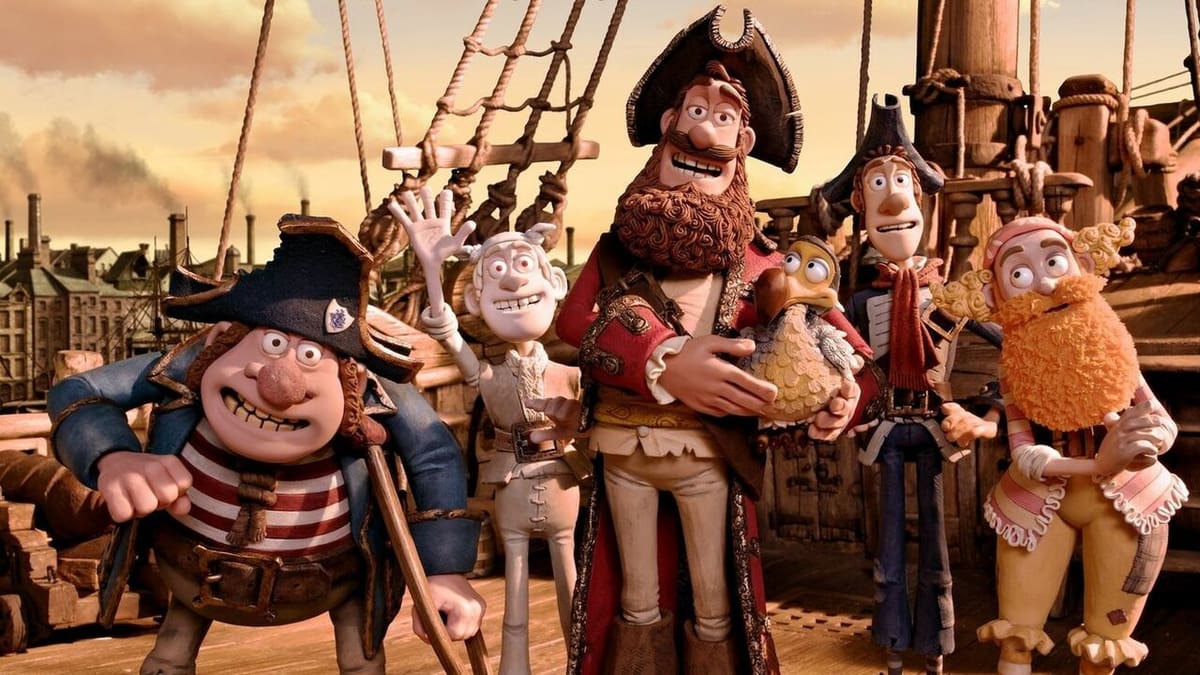
Stop motion has been given a new lease of life by modern technology and, more than ever, is accessible to all. If you’re looking for creative inspiration, we like this short how-to video from the YouTube channel Science Filmmaking Tips.
As noted above, 3D printing has opened new doors to stop-motion model makers, both simplifying and improving the often complex process of designing and making, for example, character facesets. This approach earned film studio LAIKA an Academy Award in 2016.
Software varies from very simple free apps aimed at children to software with multiple features best suited to more advanced animators, including camera and lighting control, special preview features, and more. For example, Boats Animator is a very capable and free open-source solution, while industrial-grade Dragonframe offers sophisticated production options for a license fee of around $300.
Zoetropes
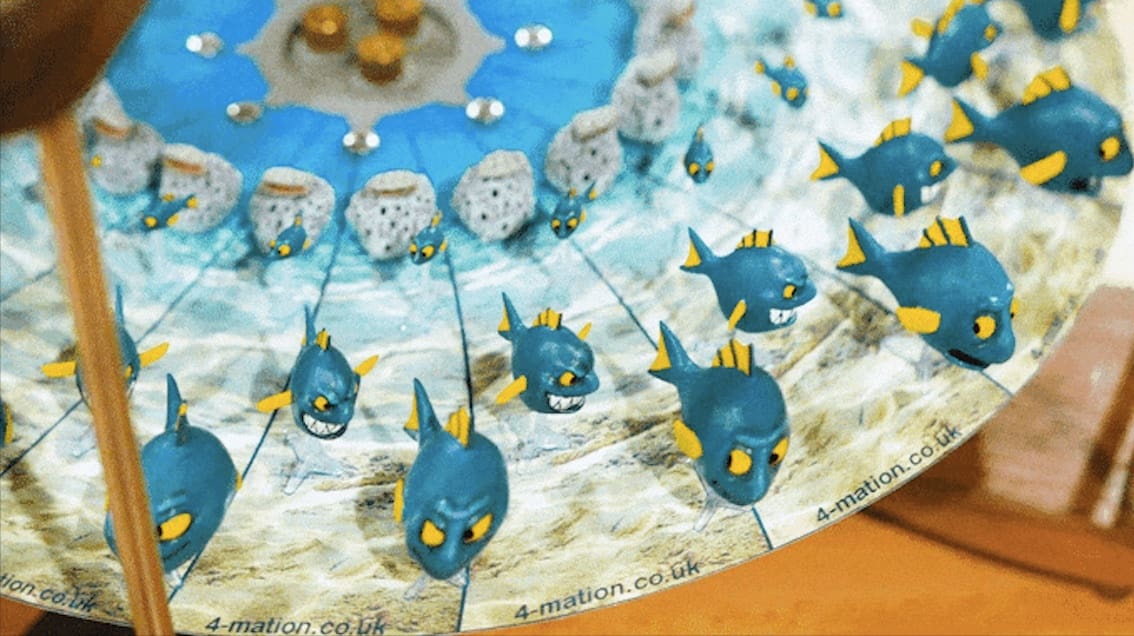
A new spin on an old idea! A popular and novel form of entertainment in Victorian times, zoetropes continue to fascinate. The old system of rotating shutters is now replaced with stroboscopic lighting controlled by an app and the underlying animations are, more often than not, 3D printed.
Popular modern takes vary from animated Fibonacci “flowers”, through creative re-purposing of old filament reels, to tools designed to help anyone create their own display-quality interactive animation.
4D Printing

A very different and modern take on the topic is industrial designer Nicola Hone’s use of 4D printing to create 3D animated objects. 4D printing integrates the dimension of time into 3D printed items such that their shape or characteristics change based on stimuli from their surroundings.
We looked at her work in our article Designer Uses 4D Printing to Bring Life and Motion to "Tangible Animations". It’s a niche application, but it’s also easy to imagine a future where we can engineer objects to “act out” complex movements autonomously in an entirely new field of practical or artistic animation.
Animated Series & Films
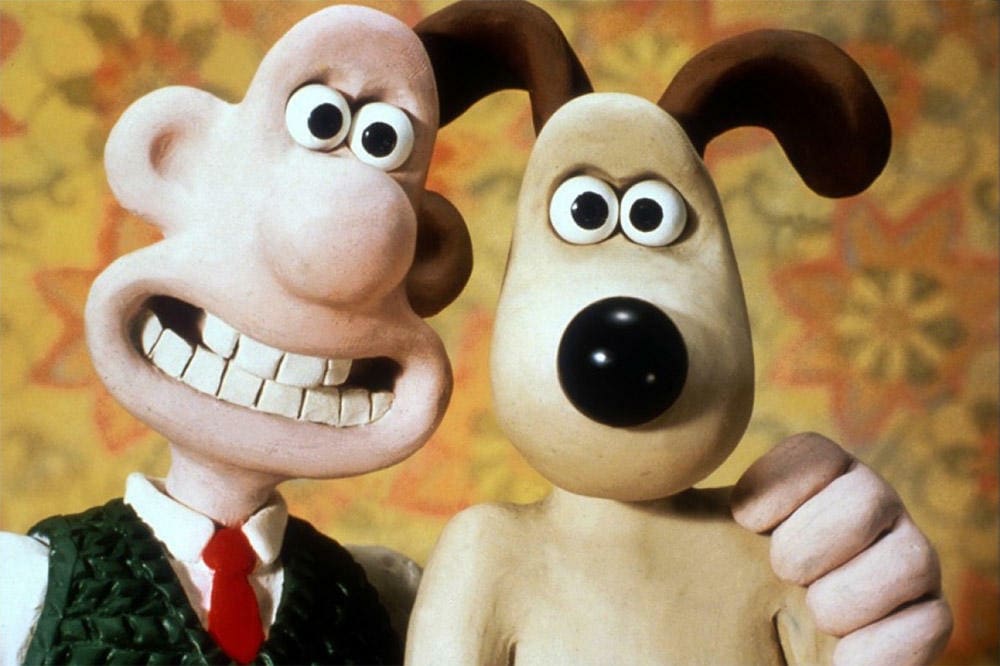
Ask five film critics to name a favorite film and you’ll get 10 different answers. It’s the same for stop motion, a fact that highlights the diversity of genres brought to life by this venerable technique. Studios such as Laika and Ardman sit alongside the Hollywood majors with classic movies such as Wallace and Gromit and critically acclaimed Kubo and the Two Strings.
Of course, we’ve taken special note of those enabled by 3D printing. We’ll leave it to Rotten Tomatoes for a wider view of the 30 best stop-motion animated movies of all time.
CGI
This is where the action is! Computer software has revolutionized the world of 3D animation and exerted enormous influence not just on filmmaking but also on education, engineering, medicine, and more.
With a level of detail and accuracy that rivals real-world filming, sophisticated software can generate worlds and scenarios that are limited only by the imagination of the animator.
Unlike computer-based 2D animation, which automates the process of producing sequences of flat drawings, 3D animation is based on modeling an entire environment in three dimensions.
This is an important distinction because it gives animators the power to change lighting, viewpoints, and many other details without having to redraw entire frames. The challenge instead becomes one of describing how 3D models look and move with sufficient detail to create a compelling animation.
The first accepted computer 3D animation was created in 1972 by Edwin Catmull at the University of Utah. He modeled his own hand and wrote software to simulate its movement. Six years later, the idea was incorporated into the movie Futureworld (the sequel to the Sci-Fi classic Westworld) – the first feature-length film to use 3D animation.
From there, things took off with more embedded 3D animation in Disney’s Tron, right up to modern, fully animated classics such as Avatar, not to mention a near-constant stream of TV series, commercials, documentaries, and more.
The basic steps for 3D animation are broadly the same: modeling, rigging, layout, and rendering. Of course, the true art of 3D animation is to use these techniques in a creative way so as to make a compelling story come alive.
Let’s look at each of these steps in more detail.
Techniques, Tools, & Resources
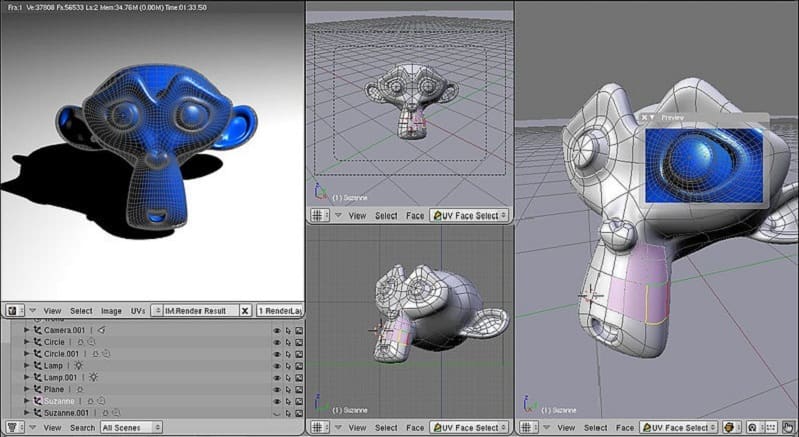
Anyone can tackle 3D computer animation. The basic principles are the same whether you’re a solo hobbyist or a professional animator who has studied the craft for years. The differences lie with how much accuracy, detail, and realism the finished animation needs to have, as well as how to handle the vast complexity that so often accompanies big-budget productions.
At a high level, there are four basic stages to work through: modeling, rigging, layout, and rendering. Additional steps and details, however, may be introduced depending on the specifics of the animation.
Modeling
Characters and sets can be created in dedicated modeling software such as Blender. There are also many alternatives to Blender, each with its own pros, cons, and dedicated user base. Developing a detailed model from scratch is time-consuming, so a common starting point is to use either a generic template or a pre-designed “asset”. There’s a ready market online for these, and many are free.
Rigging
Characters and objects need to move under software control. This is done by creating an underlying digital “skeleton” along with rules for how it animates. This process is broadly known as rigging and ranges from simple articulated movement to very complex movements recreated using approaches such as motion capture (mocap). For a better understanding of what’s involved, check out our introduction to rigging in Blender.
As with basic 3D models, you can find many pre-rigged models to buy or download for free online.
Layout
This is where animation really happens. In the same way that a film director instructs how and where cameras need to move for live-action movies, the same needs to be done for 3D animation. In addition, the action itself needs to be defined in software.
Here, dedicated software comes into its own, and the greatest differences are seen between hobby- and pro-level toolsets. There are easy-to-use web-based 3D animation tools that can be used on any device with a suitable browser, but typically, tools are desktop or workstation-based.
The market is dominated by big-name commercial tools such as 3ds Max and Cinema 4D. If you don’t need the complexity of animated characters and models, there’s even functionality to create simple animated scenes using SketchUp.
Rendering
Rendering is the process of creating useful 2D images from 3D models. Most modeling tools have their own rendering functionality, but there are many standalone rendering software tools available, too.
The process can burn a lot of computing power, even for a single complex model and set. For a full-length, high-definition movie, it’s an enormous task. As a result, dedicated Rendering Farms have been created to crunch the required numbers.
Gaming

Gaming has evolved from sequential, pixilated classics such as Space Invaders to sophisticated, lifelike worlds such as the Witcher. Many modern games are effectively animated movies with a detailed storyline dictated by the gamer. At a high level, the techniques and process of production are much the same as for 3D animated movies but with the added logic of gameplay and the need to generate scenes in real-time.
Godot, Urho3d, Unreal Engine, and Unity are examples of development platforms geared towards game production and have driven active online markets for character and scene designs. These designs can also be created using standard 3D packages, then imported later to a gaming development platform. Blender, in particular, has a lot of supporting materials for integration with Unity and Unreal Engine.
VR & AR
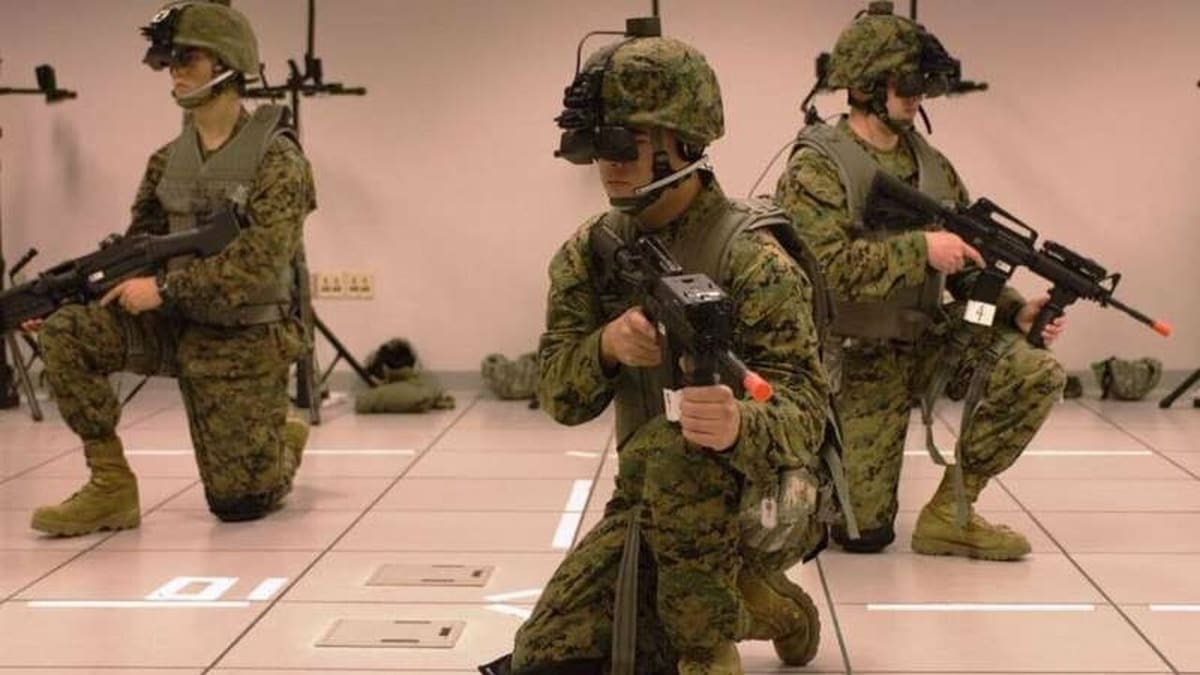
A big crossover with gaming is in the form of Virtual and Augmented Reality (VR and AR). With VR, the experience is entirely immersive, and 3D computer-generated graphics fill the user’s field of view using goggles such as Oculus. In AR, 3D graphics are typically overlaid on real-world imagery and displayed either on a mobile device’s screen or dedicated interface goggles such as Hololens.
We’ve summarised what’s involved in making VR and AR animations in our article How to Make Augmented Reality Apps, Games & More. In addition to gaming applications, they’re both used extensively for visualizing architectural designs, rehearsing medical procedures, and training police and military.
As a medium for movies, it’s in its early days. Walt Disney has dabbled in the field with a short VR film, but the jury is out on whether there will ever be mass adoption.
Simulations
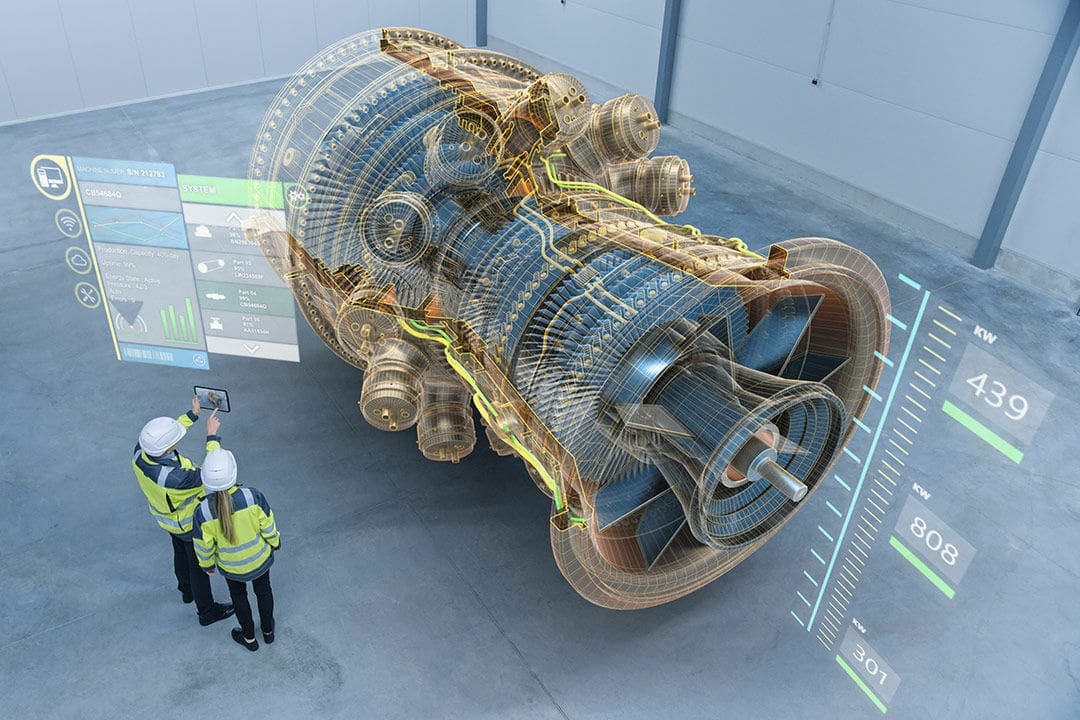
As the concept of the digital twin grows and evolves, we increasingly see real-life scenarios played out in computer-animated simulations. Among others, product design and testing, rocket flights, engineering construction, and racecar development are all played out in lifelike simulations before being committed to the physical world.
Such simulations are often conducted using very different programs than those used by general 3D animation. The programs are heavy on mathematical and physics modeling. Simulation functionality is increasingly embedded in CAD packages and other programs supporting CNC and computer-based production such as 3D printing.
Animated Series & Films
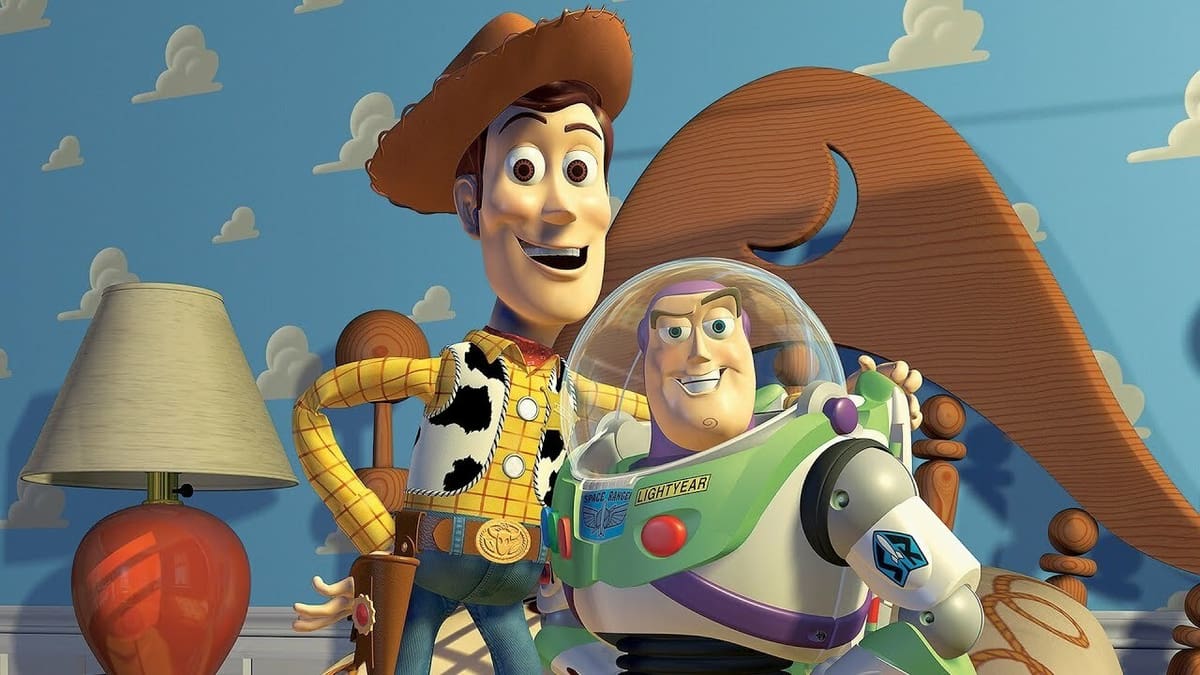
3D animated graphics, in the form of visual effects (or VFX), make an appearance in nearly every major film release these days. Many films such as Gravity, Inception, or any from the Marvel franchise could not be made without the seamless blending of 3D animation with live-action.
Films that are wholly produced using 3D animation are to be found playing in movie theaters around the world every weekend, and animated film studios like DreamWorks and Pixar have emerged as globally recognized brands. In 1995, Pixar’s Toy Story debuted as the world’s first entirely computer-animated feature film. Avatar broke new ground in 2009, and the sequel is as keenly anticipated as any live-action movie. With such successes on the big screen, it’s only natural that 3D animation would migrate to TV screens, too.
Lead image source: Nukeygara via AWN
License: The text of "What Is 3D Animation? – Simply Explained" by All3DP is licensed under a Creative Commons Attribution 4.0 International License.

